
Osteophyte Formation in Cervical SpineSymptomsTreatmentDiagnosis
Disc osteophyte complex should not be used in the lumbar spine. The pathophysiology is different, so stick to using the standard nomenclature of bulge, osteophyte, and disc herniation. DOC should not be used to the exclusion of the terms "osteophyte" and "disc herniation" (protrusion, extrusion) when they are obvious in the cervical spine.

Bone Spurs Symptoms & Causes What is a Bone Spur? MNC
The term Disc Osteophyte Complex is given to a pathological condition where multiple spinal vertebrae intervertebral discs get affected by formation of Bone Spurs or Osteophytes.

Illustration of discosteophyte complex size measurement. Download Scientific Diagram
Mimics of disc herniation must also be kept in mind when reviewing magnetic resonance imaging (MRI) studies: these include disc osteophyte complex, epidural haematoma, facet joint cyst, and tumours such as meningioma, nerve sheath tumours, and metastases. Introduction

Cervical spine MRI on initial presentation. On T2 weighted image, a... Download Scientific Diagram
Spondylosis is a natural aging process of the spine. characterized by degeneration of the disc and the four joints of the cervical motion segment which include. two facet joints. two uncovertebral joints of Luschka) Degenerative cycle includes. disc degeneration. disc desiccation, loss of disc height, disc bulging, and possible disc herniation.
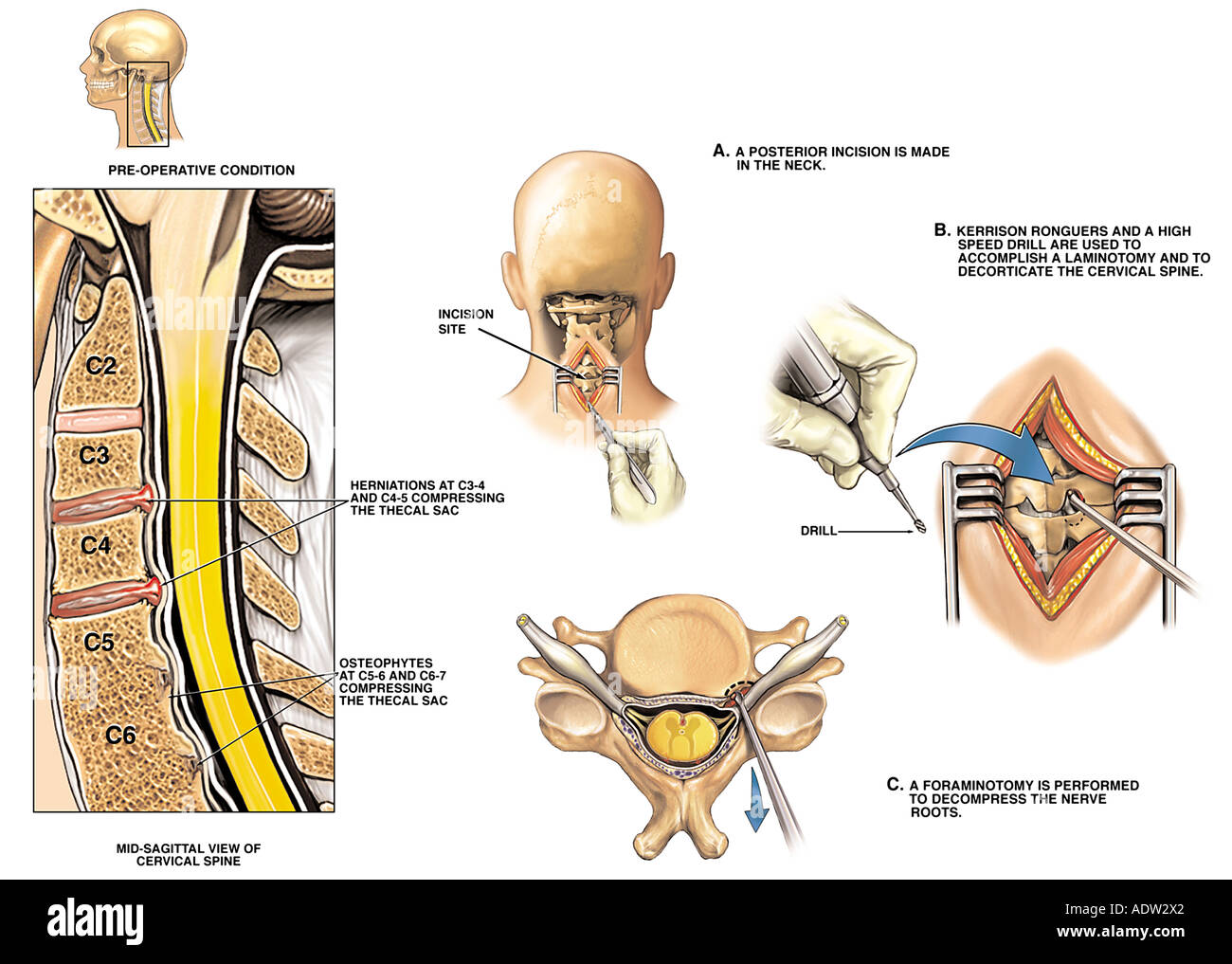
Neck Injuries C34, C45 Disc Herniations and C57 Osteophytes Stock Photo 7711521 Alamy
Disc osteophyte complex is a spinal ailment caused due to the formation of osteophytes in the spine affecting the intervertebral disc. Osteophytes (also called bone spurs) are the bony outgrowths that can develop as a result of your body's natural reaction to any damage or irritation caused to the bones or ligaments in the spine.

What is a Disc Osteophyte Complex YouTube
Neck stiffness The neck is likely sore and has reduced mobility, especially if experiencing increased pain when turning from side to side. See Stiff Neck Causes, Symptoms, and Treatment Headaches Cervicogenic headaches may occur when an osteophyte compresses a nerve root in the neck.

Axial image showing a leftsided osteophytedisk complex encroaching on... Download Scientific
The term "disc-osteophyte complex" generally refers to abnormal extension of intervertebral disc material that accompanies immediately adjacent osteophyte formation at the vertebral body margin (see the below figure). It is important to note (as shown in the illustrations) that the disc almost always extends further than the osteophytes.

Lumbar disc showing degenerated by osteophyte formation
Overview Cervical spondylosis is a general term for age-related wear and tear affecting the spinal disks in your neck. As the disks dehydrate and shrink, signs of osteoarthritis develop, including bony projections along the edges of bones (bone spurs). Cervical spondylosis is very common and worsens with age.
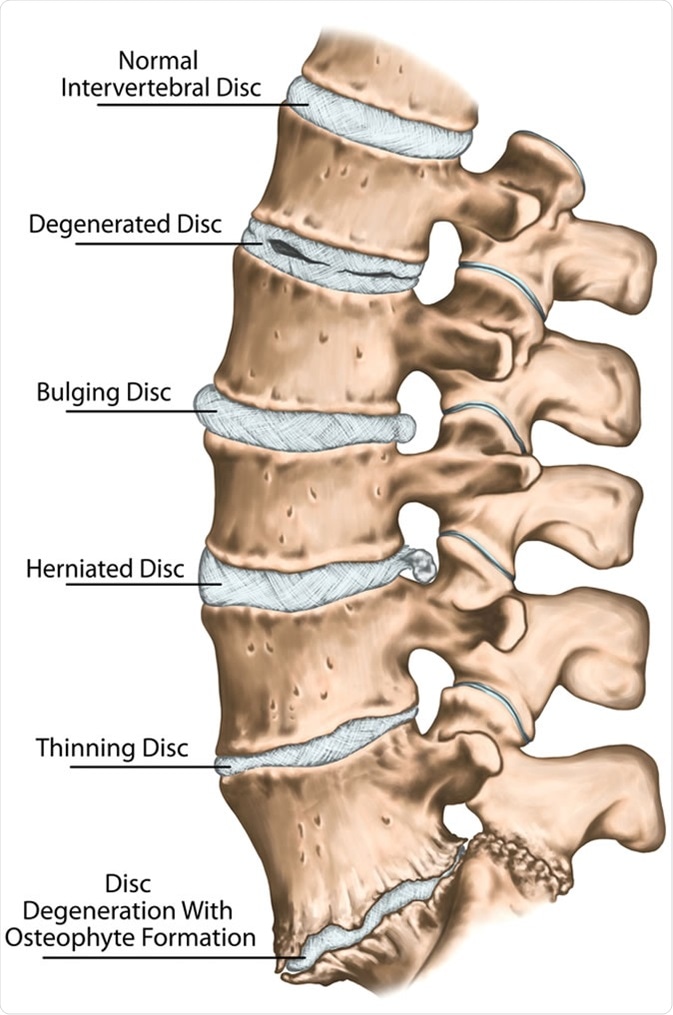
Degenerative Disc Disease Treatment and SelfCare
Disc osteophyte complex is a term sometimes used by medical professionals when spinal disc problems and osteophytes, also called bone spurs, are both present in the spinal column, especially the upper region. These issues commonly develop as a result of the natural deterioration of the spine as we age.

The Medical Legal Exhibit Expert Blog Understanding the Osteophyte/Disc Complex in Spinal Trauma
Disk Osteophyte Complex. I have recently submitted an editorial to the AJNR on my opinion that we should not be using disk-osteophyte-complex (DOC) term because it is a cop-out in not using the gradient echo T2W image to distinguish disk from osteophyte (disk bright, osteophyte dark). My surgeons say knowing whether the cervical disease is a.
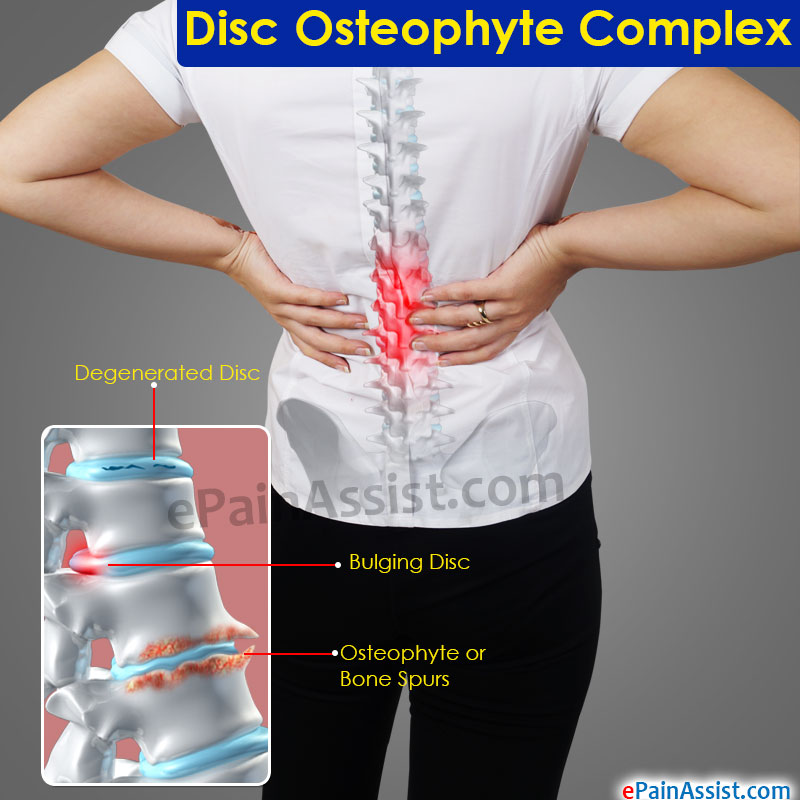
Disc Osteophyte Complex Treatment, Symptoms, Causes
Disc osteophyte complex (also known as disc osteophyte bar) is a term used on MRI of the cervical spine to denote the presence of disc protrusion and/or marginal endplate osteophytes resulting in narrowing of the cervical canal.

MRI of female patient aged 40 years old showing, (A) small osteophyte... Download Scientific
The size of the disc-osteophyte complex was measured using imaging data prior to the operation. The diameter and direction of the bony passage was determined according to the size and central position of the complex, respectively. Twenty-eight patients underwent the above scheme for CSM.

Osteophyte Formación Degeneración De Disco Problema De La Columna Vertebral Foto de stock y más
Cervical osteophyte formation typically occurs when ligaments and tendons around the cervical spine's bones and joints are damaged or inflamed. This process usually happens with wear and tear over time. The inflamed or damaged tissue that stimulates cervical osteophyte growth is often caused by cervical osteoarthritis, a degradation in the.

Disc Osteophyte Complex Causes, Symptoms & Treatment Bonati
On sagittal imaging at L5-S1, a disk osteophyte complex extends posteriorly and obliterates the inferior portion of the neural foramen, resulting in compression of the L5 nerve (arrow). Note the lack of normal fat (circumferential to the nerve), which is obliterated in both the anteroposterior or superoinferior dimensions. At L4-5, one.
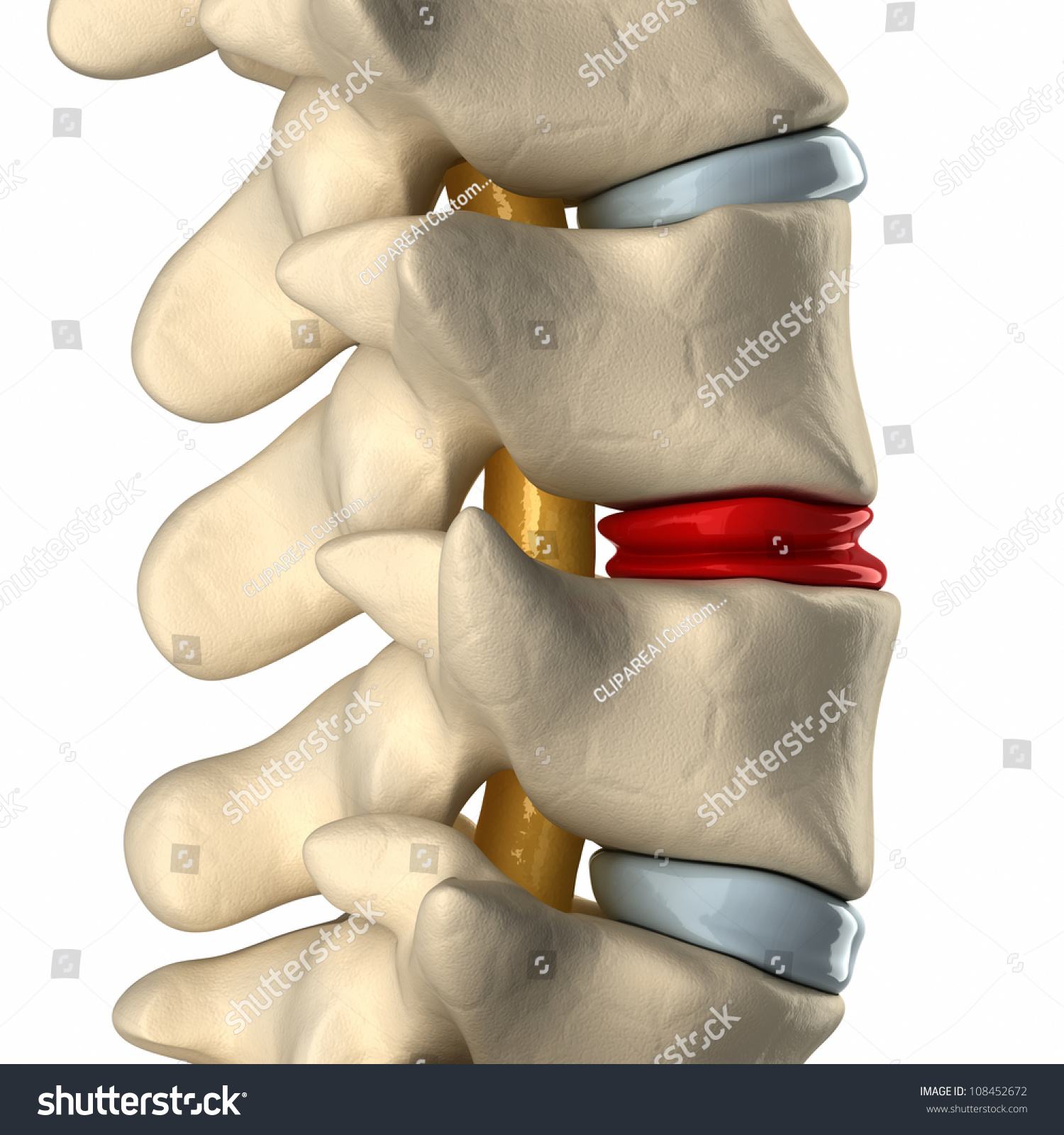
Disc Degenerated By Osteophyte Formation Stock Photo 108452672 Shutterstock
Bone spurs (osteophytes) often form where bones meet each other — in your joints. They can also form on the bones of your spine. The main cause of bone spurs is the joint damage associated with osteoarthritis. Most bone spurs cause no symptoms and can go undetected for years. They might not require treatment.
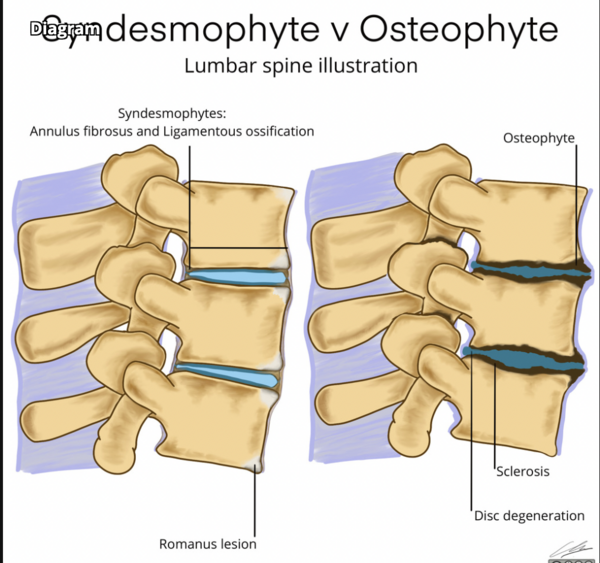
Osteophyte Physiopedia
Disc osteophyte complex is the development of osteophytes (bone spurs) affecting more than one intervertebral disk or spinal vertebrae. Osteophytes or bone spurs develop in the musculoskeletal system due to normal wear and tear as you age.